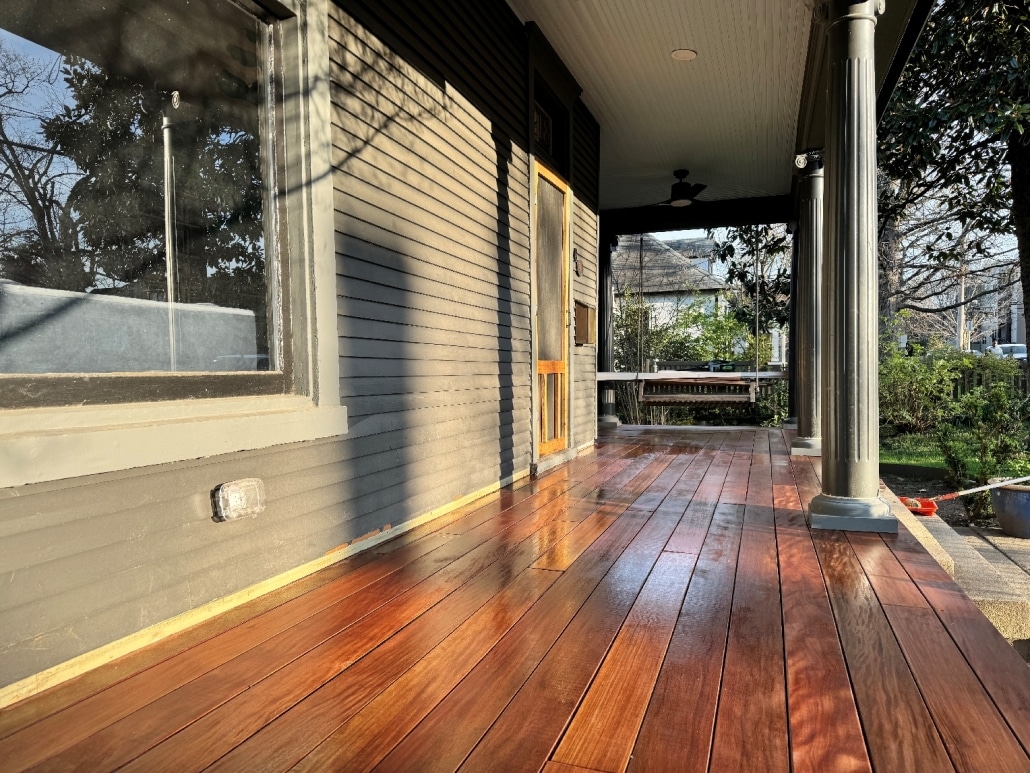Bathrooms are basically mould’s favourite holiday destination, and it’s all thanks to that lovely trapped humidity. One steamy shower is often all it takes to roll out the welcome mat for spores.
If you’re about to pack up and move, those mouldy patches can quickly turn into a major headache. Trying to scrub them away when you’re on a deadline is stress you don’t need, and some landlords get picky enough to nick part of your bond.
Thankfully, there are a few simple steps that can keep mould at bay. Here’s what actually works.
The Importance of Proper Ventilation
First things first: start with ventilation. The right fan will handle the moisture and make every following task easier.
Just make sure it’s properly sized for your space—large bathrooms hold more steam, so you’ll need a fan with a bit of grunt behind it.
Position it near the shower or tub. This is essential, especially if you want the steam gone before it fogs up everything in sight.
On decent weather days, cracking open a window while you shower makes a noticeable difference. No window? A dehumidifier can silently get that job done.
Simple changes like these spare you the chaos of scrubbing away mildew when the lease is nearly up. Better still, they give you a fighting chance at keeping that bond money right where it belongs: in your pocket.
Cleaning Routines to Prevent Mould
A consistent cleaning routine makes all the difference. Wiping down tiles, counters, and damp spots regularly prevents mould from gaining a foothold, keeps your bathroom looking fresh, and makes deep cleaning much easier.
To start, grab a commercial mould treatment if you’re keen on the chemical route. Otherwise, vinegar paired with baking soda offers a natural, effective solution that won’t damage tiles or paintwork.
For tiles, glass, and curtains, fill a spray bottle with half vinegar and half water. That mix will eat through soap scum, soften water marks, and give mould a proper send-off.
Spray it generously, let it sit for about 10 minutes so the vinegar can break down grime, then scrub gently with a soft brush or cloth. For glass doors, finish with a squeegee after each shower to keep spots at bay.
On the other hand, grout needs a bit more attention. Mix baking soda with water to make a paste—it’s gentle yet gritty enough to lift dirt. Apply it along the grout lines and scrub using an old toothbrush to clear buildup without damaging the surface.
Addressing Leaks and Water Damage
The fastest way to keep mould at bay is to tackle leaks as soon as they appear. Check spots that leak often to avoid bigger problems in the future. Start with a peek under the sink, as pipes there can wear out.
Also, look behind the toilet and at any visible pipes for drips. Nobody wants a bathroom that doubles as a waterpark.
For small leaks, simple fixes can work. Try tightening joints with a wrench or swapping out old washers. Waterproof tape can help in a pinch until you get a proper fix.
However, if you’ve got a big leak or hidden damage, it’s smart to call a plumber. They can sort it out before it turns into a mouldy mess or costs more later.
Always check with your property manager before doing anything major, though. Jumping on these issues quickly not only keeps mould away but also saves you money down the line.
Using Mould-Resistant Products
Revamping your bathroom without mould-resistant gear is basically giving moisture a warm welcome and a spare toothbrush.
Specialty paints and sealants act as a barrier, stopping mould before it has a chance to settle. You’ll usually find them at Bunnings or with a quick scroll online. Just keep an eye out for packaging that mentions mould control.
Some grout, tiles, and even certain showerheads are designed with built-in resistance, so you’re starting with a head start.
True, they’re a bit more expensive upfront, but the payoff is less hassle, fewer products, and a bathroom that doesn’t turn into a mould hotspot. So if you’re giving your bathroom a makeover, mould-resistant options are definitely worth a look for a cleaner, healthier space.
Reducing Humidity
If your bathroom is starting to feel like a sauna, it’s time to cool things down. Moisture absorbers are easy to find and do a great job sucking up extra moisture. Just pop one in the corner and you’re good.
Don’t let wet towels sit around either. Chuck them in the dryer instead. Plus, taking shorter showers really helps. Less time under the hot water means less steam and moisture, which means less mould to scrub later.
Make sure to keep the surfaces dry. After each shower, use a towel or a mop to wipe down tiles, the shower floor, and countertops. Pay extra attention to corners and grout lines, where moisture tends to linger.
This simple habit prevents mould from taking hold and reduces the time and effort needed for deep cleaning later.
Regular Inspections for Early Detection
Here’s the thing: you can have the best ventilation and cleaning routine in the world, but if you’re not actually checking for problems, you’re basically leaving the back door open.
Catching mould early is infinitely easier than dealing with a full-blown colony that’s been throwing house parties behind your toilet for three months.
So keep an eye on these trouble spots:
- Between the ceiling and walls;
- Near windows and mirrors;
- Beneath the sinks and inside cabinets;
- Behind the toilet or around the bath.
And if you spot mould in any of these areas, tackle it straight away. Early action stops it spreading, saves money, and protects your health. If it’s already gotten a foothold and move-out is near, an exit bond cleaning can sort it quickly and help keep your deposit intact.
Conclusion
Your bathroom is your ticket to a healthier home, a fresher space, and an easier move-out. So, wipe up moisture, tackle leaks, and give your tiles a little TLC to keep mould at bay.
Here’s to enjoying a bathroom that stays clean and fresh—ready for whatever comes next!




